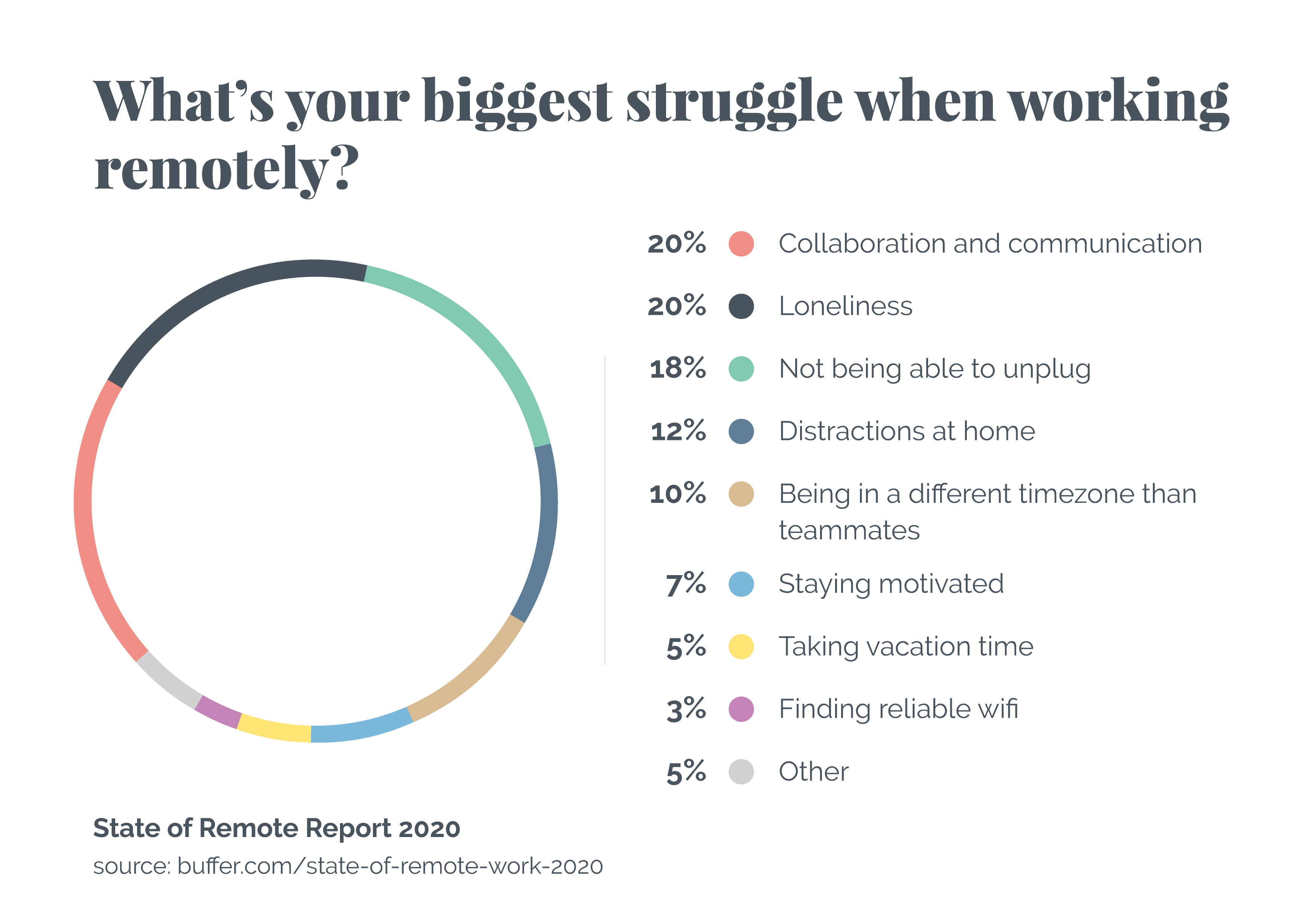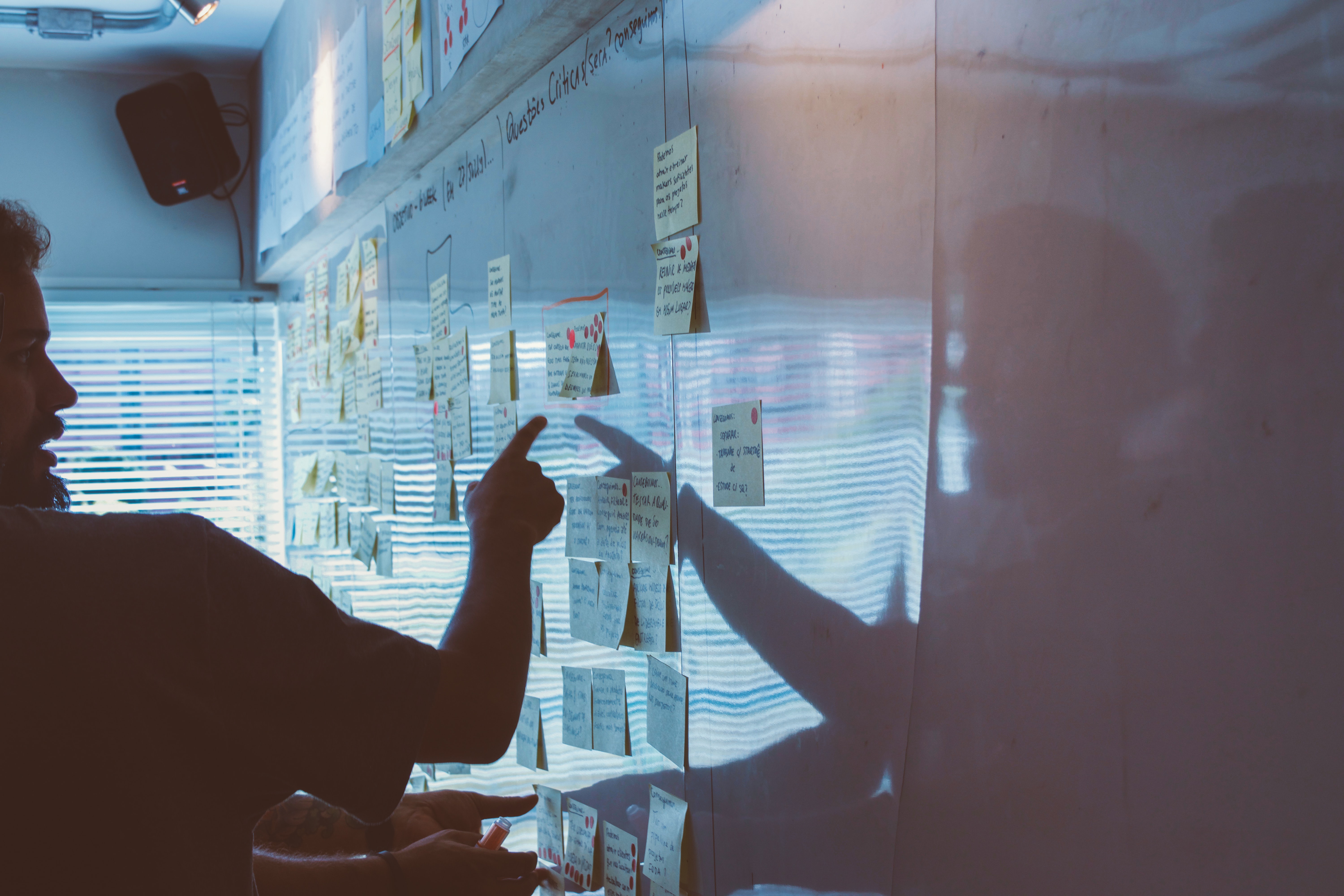You’ve no doubt already seen a plethora of blogs out there about the most effective ways to successfully work from home. Good lighting. Clear workspace. Stretch out every so often. But even once we set up our respective workstations, make to-do lists, and take frequent breaks throughout the day – there may still be elements missing when remote.
Just because working from home isn’t a new concept, it doesn’t mean it won’t be new to a lot of people. Whether they’re new to the working world or their previous jobs never required or allowed it, we reached out to six people in various roles and occupations who are new to working from home. Despite everyone’s circumstances being unique, they shared some common challenges that may speak to you as well.
Human Connection, Communication & Collaboration
We have hundreds of digital communication tools at our fingertips to keep everyone connected. Facebook, Teams, Zoom, Skype, Google Meet – the list is endless. Some companies even have several implemented for employees. So why are communication and collaboration persistently top issues for remote workers? It’s because of how we use them. This was something reflected in our interviews as five out of the six respondents stated that despite still feeling somewhat connected to their teams, it was hard to sustain throughout the day. It was specifically noted that it becomes much harder to gauge someone’s mood or tone, which impacted how the individuals felt able to contact their colleagues.
“I feel less connected to my team because of the lack of human interaction”
The issue of improving ease of communication and collaboration can be addressed by companies establishing best practices with their communication tools of choice. Where should employees chit chat? Where can they feel comfortable sharing a meme, a video or a funny anecdote? What is the best medium for feedback or high-level discussions? Very few tools can do it all unless they are specifically designed with remote teams or asynchronous communication in mind.

Regardless of age, when you first start a job, interaction can really influence how happy and settled you feel. Traditionally offices organise new joiner drinks, Friday breakfasts or similar opportunities for team bonding. This is the first thing lost when working from home. All of our respondents mentioned that they missed some social aspect since moving to remote working, be it being able to talk through an issue or question or even just missing the jokes. If you’re starting in a remote job it can be hard to find ways to bond or understand the team you need to collaborate and connect with. Perhaps more relevant to what people are facing in today’s world, how can you prevent team connections and bonds falling apart once everyone’s had to move to remote working? Especially at a time when businesses need their people to be pushing on more so than ever.
“I’m missing the jokes and the random spurs of out loud thoughts that lead to spouts of creativity in a collaborative environment”
We all need a nudge. When building our solutions, we firstly work to understand the user profiles who will be adopting the solution and then establish what nudges or prompts they might need to get the necessary work done, boosting motivation and productivity. It is here we use game design to implement the most effective mechanics to create these nudges. Activity loops which provide a prompt or call to action followed by some form of feedback are a simple way to keep people engaged. For example, the call to action could be a reminder to call someone that they have not spoken to in a while. The feedback would come in the form of the conversation that is then had. Or, the call to action could be a new goal set in a task that they must complete. In this instance, feedback could come in the form of progress markers or recognition within the team.
Staying on Track
Most businesses are well equipped with the previously mentioned communication tools for meetings, catch ups and follow ups, but what about project management tools? People new to working from home can quickly feel detached from the usual buzz of the office or feel that their day has been unproductive even when filled with calls. Helping people feel like they’re achieving something is vital for sustaining motivation and consequently, productivity. While many of us see flexibility as the main benefit of remote working, the flip side is if everyone is being flexible how do you ensure everyone’s flexible schedules and needs overlap? Feeling like you’re all on the same page can be hard when you lose sight of what everyone is doing. Something a few of our respondents picked up on was the lack of project management and collaborative working tools to ease the situation and improve motivation and the drive for teamwork.
Thinking outside the box and utilising tools that encourage feedback, recognition and help track progress can help ease the difficulties that exist around collaborative projects. This can look like collaborative to-do lists, virtual timelines, progress bars or notification prompts to managers. Platforms and solutions can be designed to help everyone to stay in the loop with each other and on track with what needs to be done, as well as supporting the social need for interaction. When combined with a more conscious effort to update each other, even with non-work specific things, has positive effects as it will help to immerse the natural flow of activity that occurs in the office, into the online environment.
“Isolation is an issue because the office acts as a social space so being remoted from this has consequences”
We have the benefit of technology to help us tackle these challenges, but it’s vital to remember the humans at the heart of it. Users who will feel lonely even with 101 digital tools available to them, users who will feel untethered from their usual productivity and routine. Work communication needs to be functional to sustain overall productivity and performance, but communication is more than just ‘pinging’ each other work updates. We can all get better at making an effort to be there for each other. More meaningful and productive communication, finding more areas for collaboration, aiding in employee development and motivation. However, there is also an argument that companies could be investing in the structures and digital tools that will empower and enable their employees to be their best selves – wherever they’re logging in from. Current circumstances aside, if remote working is here to stay, practices and approaches need to be put into place to help employees work remotely, not alone.









